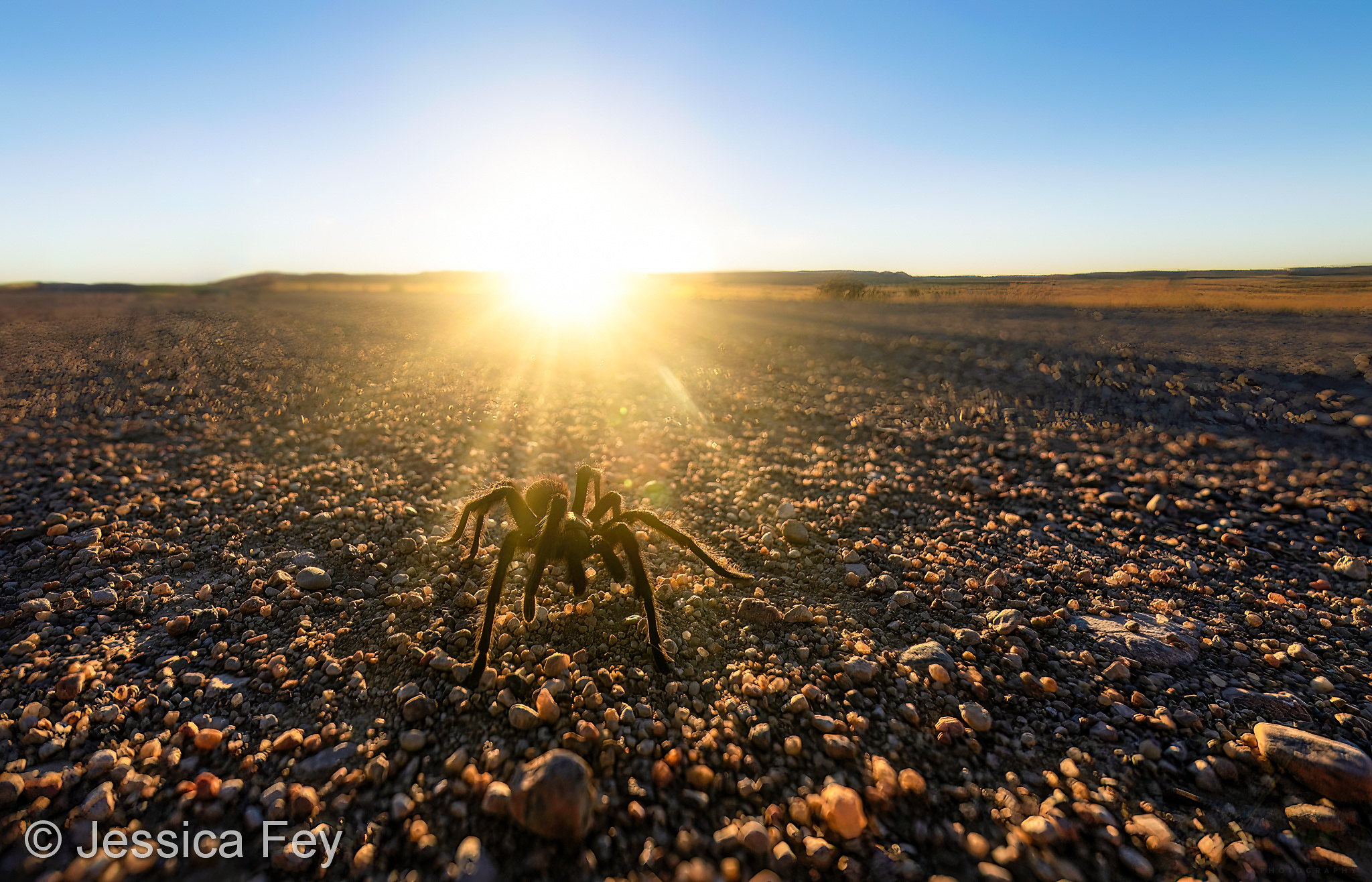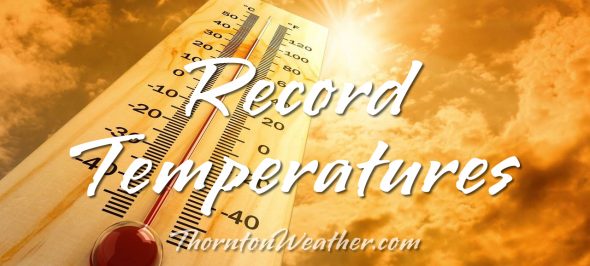
The calendar may still say it is summer for a few more days but our look back at this week in Denver weather history shows that Old Man Winter can still make an appearance.
From the National Weather Service:
10-18
In 2018…the high temperature equalled or exceeded 90 degrees for 9 consecutive days; marking the first time such an occurrence has taken place in the month of September. It also brought September of 2018 into a 4-way tie for most 90 degree + days in the month. Previous years included 2017…2005 and 1895. During the streak…4 record high temperatures were either tied or broken…and one record high minumum temperatures was broken.
15-19
In 1906…rain on 5 consecutive days totaled 1.61 inches. A thunderstorm occurred on the 17th. High temperatures ranged from 48 degrees on the 16th to 65 degrees on the 15th. Low temperatures were in the lower to mid 40’s.
16-19
In 1971…a record breaking early fall snow storm caused extensive damage to trees and utility lines. The heavy wet snow occurred with little wind…but caused record breaking cold temperatures for so early in the season. Snowfall totaled 15.6 inches at Stapleton International Airport with most of the snowfall…12.0 inches…occurring on the 17th. This was the heaviest first snow of the season. The maximum snow depth on the ground was 13 inches. Record low temperatures were set on three consecutive days: 31 degrees on the 17th…23 degrees on the 18th…and 20 degrees on the 19th…which was also a new all-time record minimum for the month at that time. Record low maximum temperatures were set on 4 consecutive days: 48 degrees on the 16th…35 degrees on the 17th…40 degrees on the 18th… And 42 degrees on the 19th.
18
In 1901…northeast winds were sustained to 42 mph with gusts to 50 mph behind an apparent cold front.
In 1948…the low temperature cooled to only 69 degrees…the all-time record high minimum for the month.
In 1988…a strong cold front blasted metro Denver with high winds. Gusts reached 82 mph in Longmont and 81 mph at Jefferson County Airport near Broomfield where the winds flipped over and destroyed a small airplane. Wind gusts to 60 mph were recorded in Boulder and Wheat Ridge. West wind gusts to 54 mph were clocked at Stapleton International Airport. The strong winds downed trees and power lines and damaged homes and cars. A Longmont man was slightly injured…when a tree fell on top of his car.
In 1990…a slow moving thunderstorm over southwest metro Denver spawned an ominous looking funnel cloud near the intersection of Sheridan Blvd. and U.S. Highway 285. The funnel cloud nearly touched down a few times before lifting back into the main cloud. No damage was reported. Pea to marble size hail and 3/4 inch of rain fell over central and northeast Denver. Numerous streets and underpasses became flooded on Denver’s south side when the heavy runoff backed up storm sewers. Thunderstorm rainfall totaled 1.02 inches at Stapleton International Airport.
In 1993…a severe thunderstorm rolled through southeast metro Denver. Dime size hail was reported in many areas. Straight-line winds from the thunderstorm…measured by a weather spotter at 70 mph…tore the roof off 6 apartments of an apartment complex in Aurora. Heavy rain which accompanied the winds caused major damage to the apartments as well as the contents. Many trees…fences… And power poles were knocked down by the strong winds. Heavy rain flooded roadways in Denver and Aurora. Thunderstorm rainfall totaled 1.08 inches and north winds gusted to 44 mph at Stapleton International Airport where the visibility was briefly reduced to as low as 1/4 mile in heavy rain.
In 1996…a late summer snowstorm struck the northern mountains and Front Range eastern foothills. Golden Gate Canyon received 6 inches of new snow with 5 inches reported at both Nederland and Blackhawk. Thunderstorms produced heavy rain across metro Denver…which was mixed with snow by late evening. Rainfall totaled 0.83 inch at the site of the former Stapleton International Airport and 1.22 inches at Denver International Airport where northwest winds gusted to 39 mph.
18-19
In 1955…heavy rains caused flash flooding across portions of metro Denver. Rainfall totaled 1.71 inches at Stapleton Airport.
19
In 1955…hail stones to 2 1/2 inches in diameter were reported north of Denver. The large stones broke many automobile windshields.
In 1963…hail to 3/4 inch in diameter fell in Westminster.
In 1983…an unusually strong cold front roared through metro Denver during the afternoon hours. At Stapleton International Airport…the temperature dropped 51 degrees… From a sunny 86 degrees to a snowy 35 degrees…in just 7 hours. Strong winds and a wall of blowing dust followed the front. Northeast winds gusting to 36 mph briefly reduced the surface visibility to 1 mile in blowing dust at Stapleton International Airport where only a trace of snow fell later.
In 1996…high winds gusting to 84 mph were measured at Golden Gate Canyon in the foothills west of Denver. West winds gusted to only 25 mph at Denver International Airport.
20
In 1921…an apparent Bora produced northwest winds sustained to 44 mph with gusts to 64 mph.
In 1955…hail stones 1/2 to 3/4 inch in diameter were reported across parts of the city of Denver.
In 1992…weather observers at Buckley Air National Guard base sighted two tornados southeast of the base. The tornados were short-lived and caused no injuries or damage.
20-21
In 1963…heavy rain and hail caused local flooding in southeast Denver. Thunderstorm rainfall was only 0.60 inch at Stapleton Airport on the 20th.
In 1983…the cold front on the 19th brought an unusually cold air mass into metro Denver for so early in the season. The temperature dipped to a daily record minimum of 28 degrees on both days.
In 1995…a vigorous late summer storm brought the season’s first heavy snow to portions of metro Denver. Millions of trees were damaged and power lines downed as 4 to 8 inches of heavy wet snow settled on fully leafed trees in the Boulder and Denver areas. Branches snapped and trees split under the weight of heavy snow…downing power lines. Firefighters responded to numerous transformer fires. Around 100 thousand people were left without electricity in Boulder and Denver areas alone. It took over a week to fully restore power to some areas. Insurance claims were estimated to be around 6 million dollars to homes in metro Denver and about 500 thousand dollars in damage to automobiles. It was estimated that about 80 percent of 125 million dollars worth of city owned trees in Denver were damaged. Snowfall totaled 7.4 inches at the site of the former Stapleton International Airport where the greatest depth of snow on the ground was only 4 inches due to melting. Temperature records were set on the 21st when the thermometer dipped to a record low reading of 27 degrees and climbed to a high of only 36 degrees… Setting a record low maximum for the date. North winds gusted to 29 mph at Denver International Airport on the 20th. Continue reading September 18 to September 24: This week in Denver weather history →



